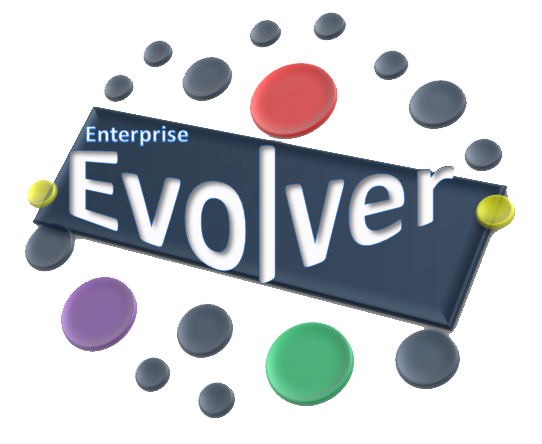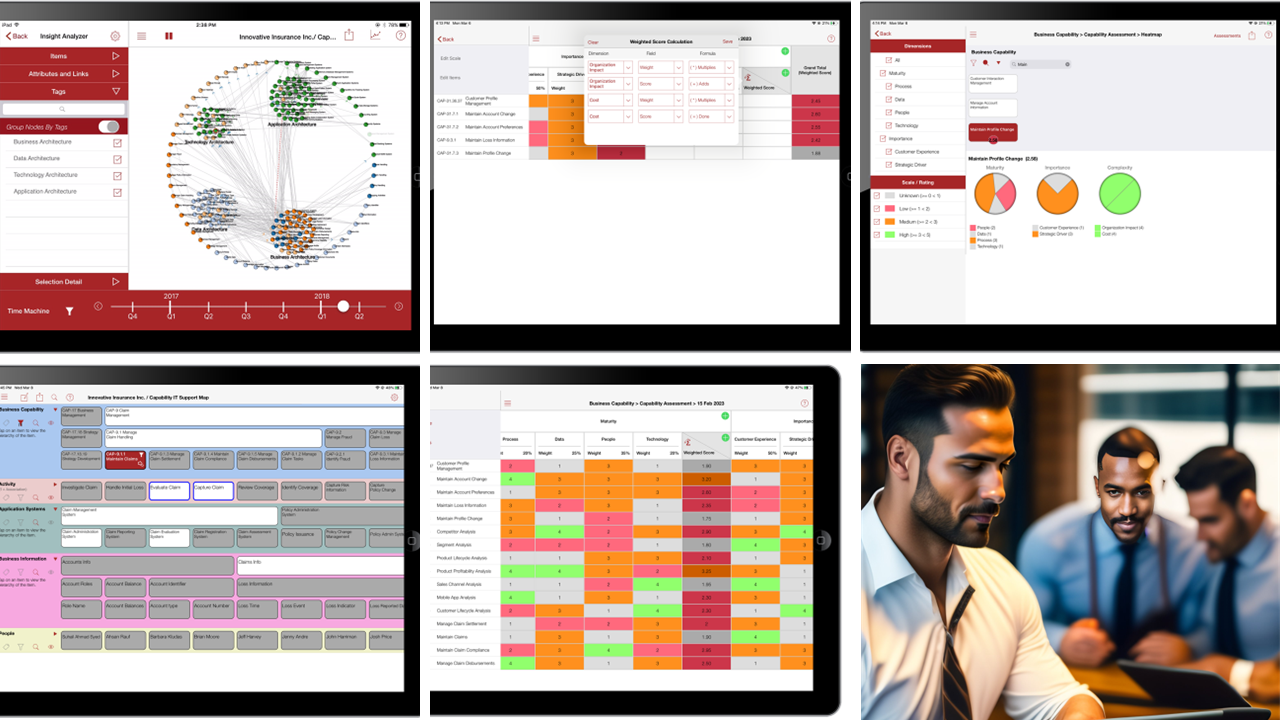In my previous article, I have introduced the capability roadmap feature. In this article, I will describe all the steps that you should take to generate the capability roadmap. Typically, large scale capabilities are developed or enhanced in increments by multiple projects. The Evolver allows breaking down a capability into capability versions or increments. In other words, capabilities versions decompose the complex problem into more manageable pieces to support the capability evolution. The focus of capability-based planning is in the planning, enhancing, redesigning and developing business capabilities to the enterprises and develop the business view of the future state. This future state is actually your capability roadmap. Make sure you have following information before you start documenting the capability planning process.
- Capability model, usually two levels minimum, is created. From the Designer, you can create the capability model, you can also import your capability model using the import feature. Make sure, you don’t repeat the same capability in the model. Higher level capabilities are decomposed to lower level capabilities to clearly articulate what a business does and what potentials business has to do. For example, a customer management capability can be broken down as below. In this capability model, the management of customer information is separated from the customer experience strategy management capabilities.
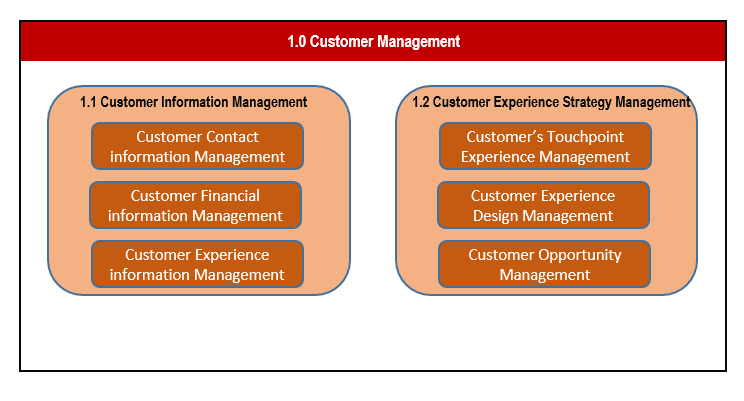 As a good practice, the name of a capability should not contain any verb.
As a good practice, the name of a capability should not contain any verb.
- Capability version/increments data. Make sure you have created capability versions/increments data for all the impacted capabilities. For example, if you are enhancing the ability to assess customer experience across touchpoints then the version could be phrased as ‘‘Enhance customer experience assessment process’ if you are planning to improve the process. If you are replacing the customer master data management (MDM) technology then increment could be phrased as “Customer MDM technology implementation” and so on so. each increment describes a change in the business and a step forward in the maturity of the capability.
- For each impacted capabilities, links the capability increments data. This link will be useful when you are capturing the capability planning data to filter versions by capability.
- Make sure you also capture high-level business requirements (e.g. ability to link the quote to order, the ability to clean customer segment data) and outcome data. Since capability planning is done for a large business transformation initiatives, outcomes and high-level business requirements must be defined early on.Every capability version delivers a discrete and quantifiable outcome and are realized by allocating resources (e.g. tangible or intangible resources). The outcome and the associated metric
- Make sure you also capture resources that will be allocated to the capability increments. These resources could be People resource, Application Systems, Skills etc. It is also important to capture the annual recurring cost for each resource. You can capture the cost by clicking on ‘Modify Item’ link from the item context menu.
- Make sure you have also captured the transformation phases and initiatives name. After these above information is captured, the next step is to start documenting the capability planning process
Please select ‘Capability Planning’ option from the Initiative category. You will see the capability model on your right split view. Select all those capabilities and the impact type for which you have captured the information above.
You can capture many increments for the same capability. The capability increment screen will allow you to capture the capability versions, time line , target capability maturity, proposed solution and a diagram of the proposed solution. For each increment, make sure you capture outcome/requirements and resource allocation data. Now, the dynamic capability roadmap is available for you to access from the ‘Capability Roadmap’ option. The roadmap can be accessed from the initiative and as well as from the capability category. The roadmap also offers search option; the edit/delete option is available to modify and maintain the roadmap. You can also generate a word document of all the capability planning data by clicking on the Export button.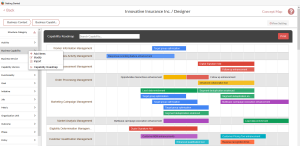
The Coherence Dashboard also keep track of all the planned capabilities. 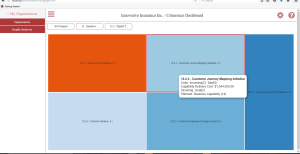 Check out this brief video to learn more about how you can create capability roadmap for your enterprise.
Check out this brief video to learn more about how you can create capability roadmap for your enterprise.
